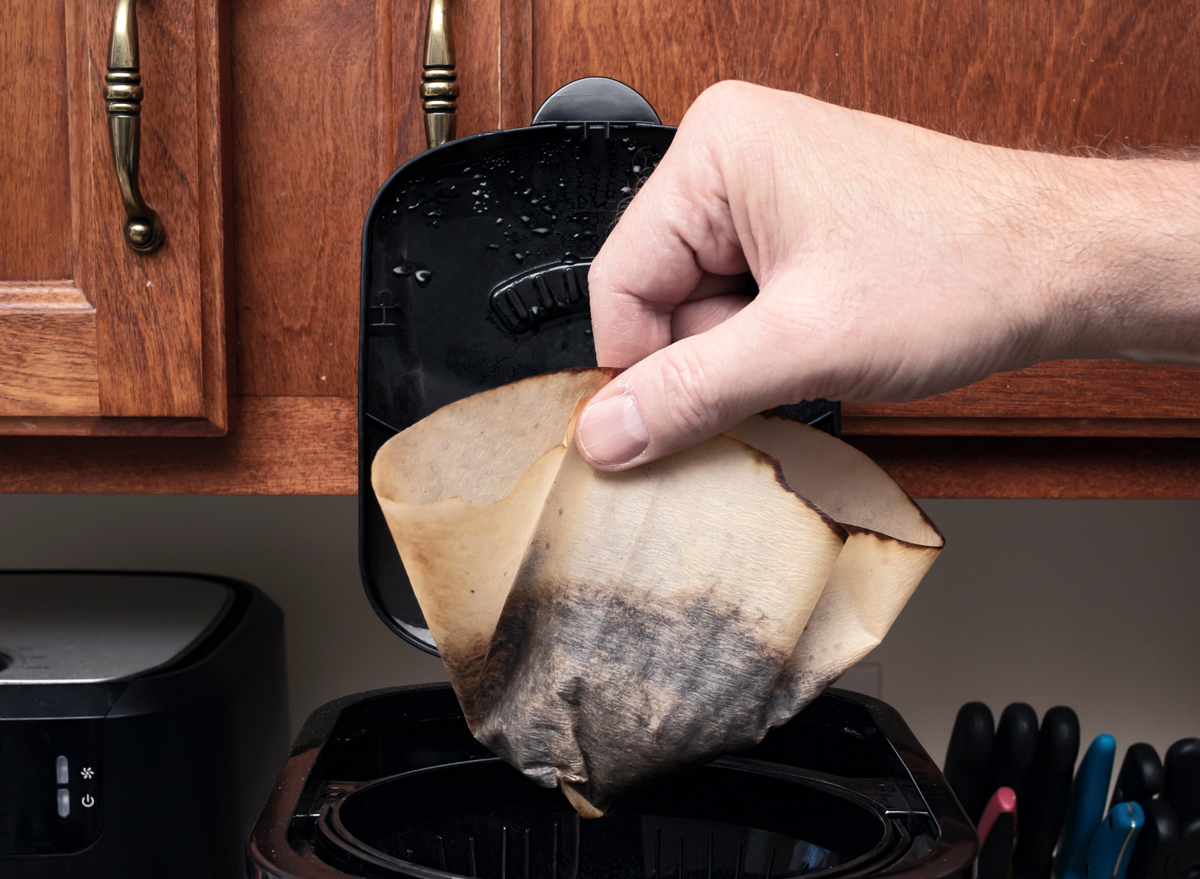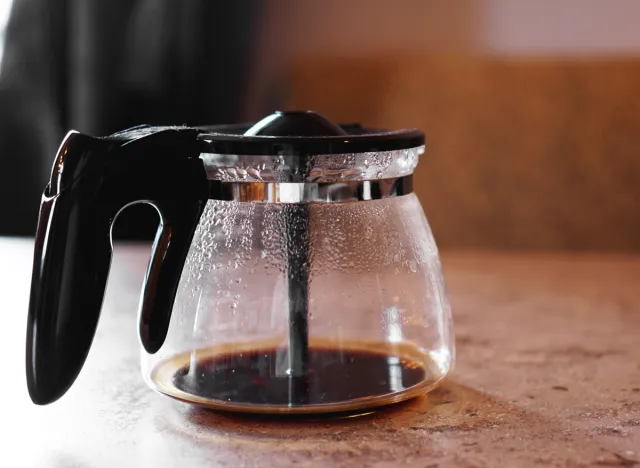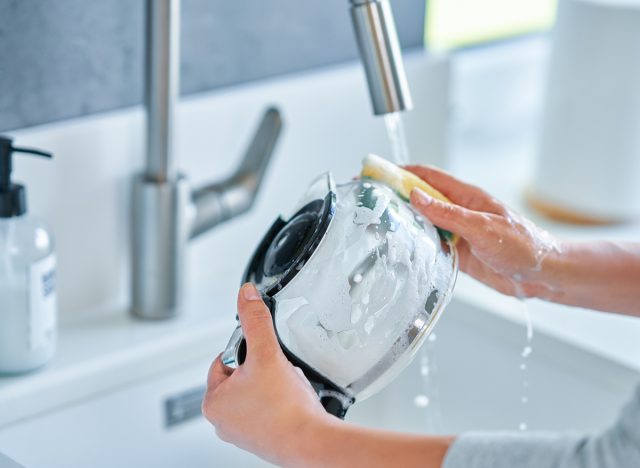What Happens if You Don’t Clean Your Coffee Maker? Nothing Good

Having the luxury of preparing a delicious cup of coffee at home can turn any morning around for the better. Whether you enjoy using an espresso machine, a regular drip coffee maker, a Nespresso, or a French Press, treating yourself to coffee just the way you like it can make all the difference.
There are plenty of benefits to making your coffee at home rather than purchasing it at a coffee shop such as saving money and being able to control the ingredients that go inside. However, at-home coffee lovers need to make sure that their coffee pot is getting regular care and cleaning to ensure that they’re not only getting the best-tasting coffee every time but that they’re also avoiding any potential sickness that may come from a dirty coffee maker. Yes, you read that right. If you’re not cleaning your coffee maker, you may be increasing your risk of illness.
In fact, here are a few ugly truths about what could happen if you don’t clean your coffee pot regularly. Read on, and for more, don’t miss This Is Really How Often You Should Be Cleaning Your Coffee Maker.
You may ingest bacteria, mold, or yeast

The hardest pill to swallow is that you may be consuming potentially harmful bacteria from your coffee maker without ever even knowing it’s there.
“Coffee pots can harbor all sorts of bacteria and germs, including E. coli and Salmonella,” says Ronald Miller, barista & owner of My Coffee City. “If you leave your pot dirty for a long time, then it is possible that those bacteria will leak into the coffee and contaminate the liquid.”
In 2014, CBS News reported on the bacteria found in ten different single-use coffee pots. They swabbed each pot and took these samples to Loyola University. What they found was that out of the ten samples, five had bacteria either in the water or on the machine, three had bacteria in just the water, and two machines didn’t have bacteria at all. Different bacteria strains were discovered, with one of them being E. coli.
One study published in Nature found that a coffee pot may hold anywhere from 35-67 different types of bacteria. While this is certainly disturbing, bacteria isn’t even the only thing you need to worry about with a dirty coffee pot.
According to an NSF International Household Germ Study, around 50% of at-home coffee pots sampled were found to have either mold, yeast, or both. These were found almost entirely in the coffee maker’s water reservoir.
Oli Baise, former coffee shop worker and the founder and managing editor of Drinky Coffee, says that “Used coffee grounds are often left sitting in warm water for hours after brewing, which makes them a ripe breeding ground for mold.” While consuming mold in very small quantities may not be harmful, the FDA warns that consuming this on a regular basis may trigger allergic reactions or cause infections.
You might damage your coffee pot or ruin the taste of your coffee
Potentially ingesting harmful bacteria, mold, or yeast is probably your greatest concern when it comes to a dirty coffee maker. However, coffee experts say that not cleaning your coffee pot can also result in bitter-tasting coffee and more damage to the machine.
Tonya Lawson, founder and CEO of Simply Caffeinated, a website dedicated to providing helpful information on all things coffee, says, “A lack of cleaning can dramatically reduce the life of your appliance. Not cleaning your coffee pot or espresso machine regularly can lead to the build-up of limescale residue, blocking your main water line and causing irreparable damage to your brewer.”
Not only can a lack of cleaning cause damage to the machine itself, but it may also severely alter your coffee-tasting experience.
“Your coffee will taste more bitter if you don’t clean your coffee pot because coffee oils and residue accumulate on the inside, intensifying coffee’s bitter notes,” says Nunzio Ross, CEO and Founder of Majesty Coffee. “Not only does it add unwanted bitterness and impacts your brew’s freshness, but it can also add rancidity and ashiness.”
How to clean your coffee maker

The specific method for cleaning your coffee pot depends on the type of coffee maker you have. Your best bet is to research the best cleaning method based on the specific brand you use, which you should be able to find on their website. But for a place to start, we talked to our experts about cleaning basics.
One of the first things you want to focus on is the water tank (or water reservoir). If you’re using a filter coffee pot, an espresso machine, or a Nespresso coffee maker, you’ll have some sort of water tank attached.
“It is very important to clean out the water tank every now and again,” says Saxon. “Although it is absolutely fine to add water whenever it needs topping off, not regularly cleaning it means the stagnant water can result in dangerous bacteria entering your coffee.”
To clean the water reservoir, add a mixture of water and vinegar and run it through a coffee cycle a few times or until that water mixture is done.
Another step in the cleaning process is to remove the filter basket and run it under water or a cleaning solution. Then, you can wipe down all of the surfaces to remove oil buildup.
How often you clean your coffee pot depends on how much you use it, but a safe bet is to start once every month if you’re a regular coffee drinker. For further instructions, check out the manual or website for your specific coffee maker.






